3D Printing News Briefs, August 26, 2023: Materials, Electroplating, Consumer Goods, & More – 3DPrint.com
It’s all materials, all the time in today’s 3D Printing News Briefs, starting with AddUp adding an aluminum alloy by Constellium to its materials portfolio. Igus launched an online 3D printing service and Element strengthened their position as a provider of AM Powders Characterization. In research news, scientists in Australia are using 3D photolithographic printing to make a complex environment for assembling tissue that mimics an organ’s architecture, and a researcher from the Academies of Loudoun is investigating whether changing the printing parameters of an electroplated 3D print can improve its electrical performance. Replique and Siena Garden 3D-printed over 1,000 replacement feet for garden chairs.
Constellium’s Aheadd CP1 Aluminum Alloy Works with FormUp 350 Printers
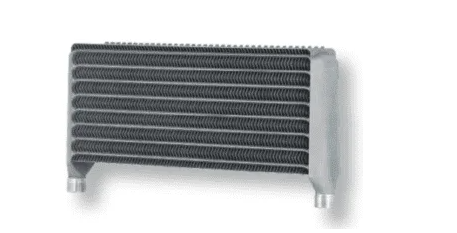
AddUp, a global OEM in metal additive manufacturing, has added Constellium’s Aheadd CP1 aluminium alloy to its portfolio. It can now be used with its FormUp 350 3D printer range as a performance-oriented alternative to grades such AS10 or AS7. Constellium developed this aluminum-iron-zirconium alloy especially for the needs of laser powder bed fusion (LPBF) additive manufacturing, and it offers higher productivity for heat dissipation applications, as well as higher solderability, which means users can increase laser power and scan speed. This alloy simplifies post-build operations, increasing profitability. Parts printed with Aheadd CP1 also have similar mechanical properties to AS7, in terms of hardness and fatigue resistance. The higher thermal conductivity of this alloy makes it a superior choice for heat exchangers, aerospace, and motorsport applications.
“To obtain the best mechanical properties using AS7 and AS10 grades, several long and expensive post-build treatments must be carried out, such as hot isostatic pressing and, solution and aging Etc. With Aheadd CP1, very similar material properties can be achieved with a simple heat treatment at 400°C,” said Frédéric Sar, Materials Officer at AddUp.
igus Launches New Online 3D Printing Service
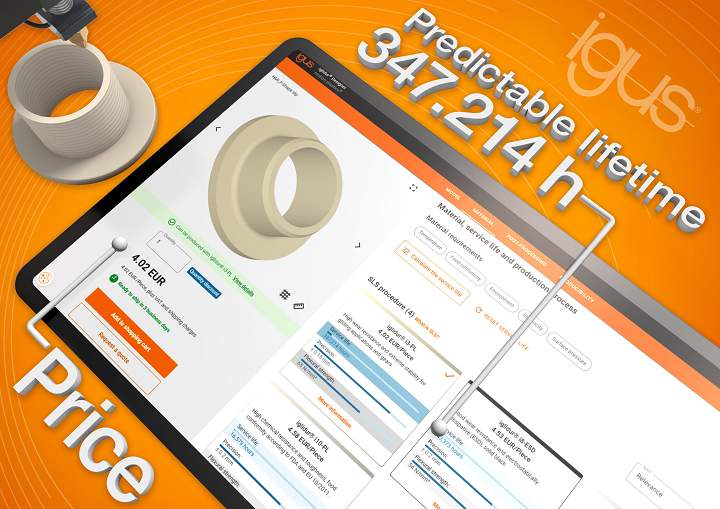
igus’ online service for 3D printing now allows users to calculate the life expectancy of their printed wear resistant parts.
Igus, a specialist in motion plastics, has been producing plain bearings by injection molding for over 30 years. When customers require parts that are more durable than normal, the company uses 3D printing. igus introduced a 3D printing online service which, according to the company, can predict service life in only 30 seconds. The seamless process offers insights into material durability, which makes it much easier for individuals and businesses to choose the right one from the company’s many material offerings. Uploading an STL file or STEP of the product allows users to see materials, finishes, production possibilities, feasibility analyses and cost estimates. To get the service life calculation, just select the part’s sliding surface and input a few application parameters, and an estimate will be automatically generated. Igus relies on a database derived from thousands abrasion test to make sure that the service life calculation is as accurate as possible.
Tom Krause, Head of Business Unit Additive Manufacturing at igus, said, “We have now integrated the service life calculation into the 3D printing service because knowing the longevity of a component in advance, in addition to price information, makes it easier to choose the right material.”
Element Achieves Milestone in AM with Powder Characterization Approval
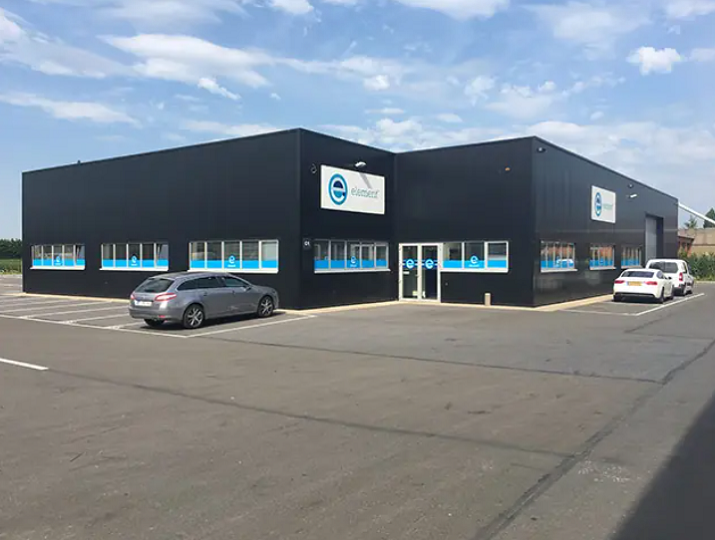
Global testing, inspection and certification (TIC) leader Element Materials Technology reached a major AM milestone—its Antwerp laboratory has received approval as a powder testing provider from aerospace technology company GKN Aerospace Sweden AB. The company invested significantly in the capabilities in its Antwerp and Teesside labs, demonstrating how dedicated they are to offering customers across multiple industries a complete suite of powder characterisation and metallic testing for additive manufacturing according to ISO/ASTM52907 standards. Powder properties are crucial for quality assurance, since they can have a major impact on 3D printing, and even the properties of 3D-printed materials. Element’s labs are staffed by experienced experts and filled with state-of-the-art equipment, and their services cover important characterization aspects like chemical composition, particle size distribution, contamination, and flowability. Both labs offer comprehensive testing of powders throughout the product life cycle, including during pre-service, the manufacturing stage, and after-service.
“We are thrilled to receive approval from GKN Aerospace Sweden AB, a respected leader in the aerospace industry. This milestone highlights our commitment to advancing additive manufacturing and our dedication to providing exceptional testing services,” said Matt Hopkinson, EVP of EMEAA at Element.
“As 3D printing and additive manufacturing continue to expand across industries, our Antwerp and Teesside laboratories are well-positioned to meet the evolving needs of the industry and contribute to the success of our customers.”
Australian Researchers Bioprint “Instruction Manual” for Cells
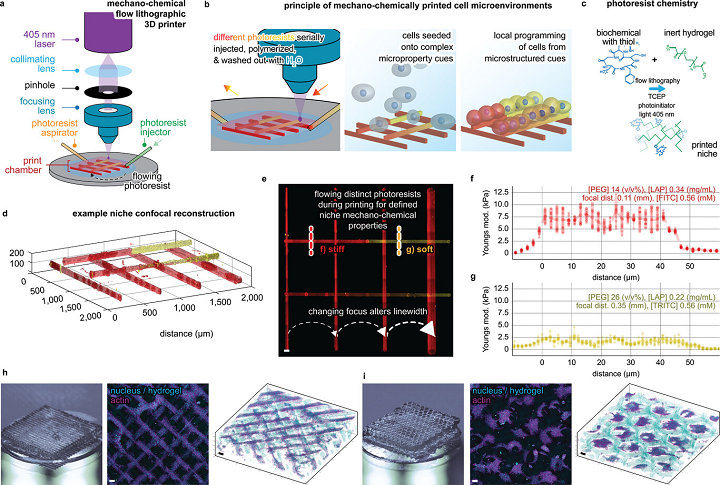
Mechanochemical flow lithography (MCFL) is used to print microstructured niches. a) Components of the MCFL 3D printer. b) Stepwise fabrication processes to print synthetic cell niche environments. c) Photoresist chemistry used. d) Confocal image of an example niche with microstructured properties, including changes to linewidth, mechanics (Young’s modulus), and chemical microproperties (concentration of the fluorophores FITC and TRITC). e) Maximum intensity projection of the 3D confocal data, scale bar 50 µm. Dotted red and orange lines annotate the profile of force spectroscopy in (f,g). Young’s modulus across filaments. Fabrication variables are shown at the top of the graphs for physiologically f) stiff (7.5 kPa, red, TRITC) and g) soft (2.5 kPa, orange, FITC) segments. h,i) Actin (magenta) and hydrogel (cyan) stained ADSCs (primary human adipose-derived stromal cells) cultured over 3D niche with (h), “stacked-logs” or i) “offset-honeycomb-layers” architecture. Macro lens photography (left) is shown together with MIP (middle) and 3D confocal renders (right), scale bars 200 µm.
Moving on, bioengineers and biomedical scientists from the University of Sydney and the Children’s Medical Research Institute (CMRI) at Westmead developed a new method that brings us one step closer to 3D printing human organs. Using 3D photolithographic printing, they fabricated a complex environment for constructing tissue that replicates an organ’s architecture. It basically teaches stem cells derived from blood or skin cells how to become specialized cells that can come together to assemble an organ-like structure. The researchers say that cells use mechanical triggers and strategically positioned proteins to move through their environment, and in their recent study, they used chemical and mechanical cues at the nanoscale to mimic cellular functions during growth and guide them to form more realistic, organized structures. In the future, this technology could significantly change the study and understanding of rare diseases by enabling more accurate tissue models.
“Without specific instructions, the cells would likely group together unpredictably within the incorrect structures,” explained co-research lead Dr. Peter Newman, the University of Sydney. “What we’ve effectively done is create a step-by-step process that guides each building block to exactly where it should go and how it should connect with the others.”
Improving Electrical Performance of Electroplated 3D Prints
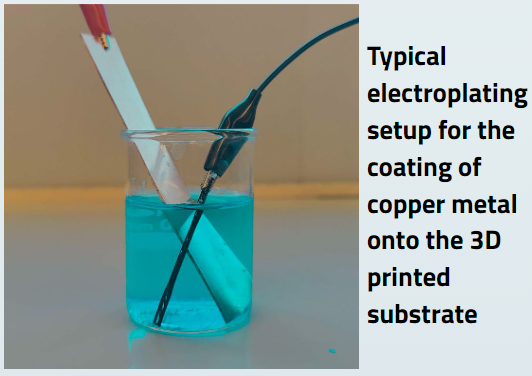
Siddarth Sreeram, a researcher with the Academies of Loudoun in Virginia, recently published a study on “Varying the Infill Parameters of an Electroplated 3D Print to Improve Electrical Performance.” Commercially available 3D printing filaments and methods create parts with high electrical resistance, which means they have limited electrical applications, but conductive materials, like pure metals, are not as lightweight or cost-effective. In the past, electroplating—using metals to coat a substrate—and changing the infill parameters for 3D prints have been tested separately as a means to improve the electrical performance, but Sreeram wanted to see if combining the two could enhance the electrical properties of 3D prints, “due to the better coverage of the metal on the substrate.” Using a linear infill pattern, ten test objects were printed with 20% infill density, while another ten had 30% and the final ten were at 40%. All 30 were painted with one coat of nickel-conductive paint, and 15 were then electroplated at about 4V for 40 seconds with a copper anode and 9g CuSO4, 30mL H2SO4, and 90mL H2O. Then, they were subjected to resistance testing using a multimeter.
“The data collected reflects that resistance did change with electroplating and in response to the variance of infill parameters: the Dunn’s test (conducted after a Kruskal-Wallis test) reveals that there is not a statistically significant difference between the resistances of the prints with 20 and 30 percent infill densities while there was a significant difference between the prints of 20 and 40 percent infill densities as well as the prints with 30 and 40 percent infill densities. This could reflect that infill densities may not vary proportionally with the effect of electroplating on a given part.”
3D Printed Foot Caps for Garden Chairs Promote Sustainability
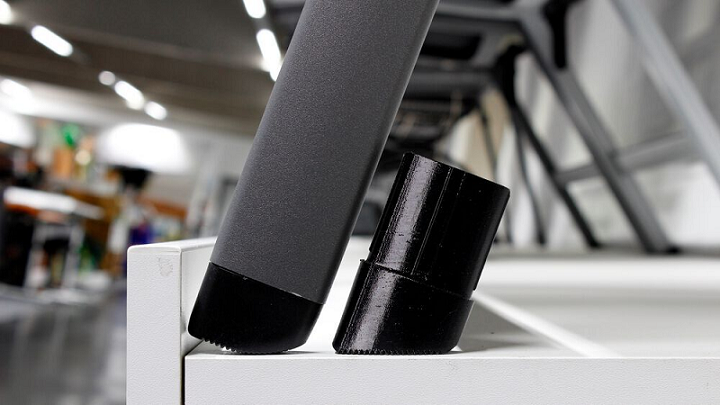
Foot caps like these enable you to repair garden chairs and keep them in their best condition. Original Fofana foot cap on the left, 3D printed redesigned foot cap on the right. Image courtesy of Replique
Digital inventory and 3D printed spare parts startup Replique partnered with Siena Garden, a garden furniture brand of specialist wholesaler association H. Gautzsch Firmengruppe, to 3D print over 1,000 foot caps for garden chairs. These protective covers are part of their joint Eternal Spare Parts concept, which promotes sustainability and a circular economy by offering continuous replacement parts throughout the entire lifespan of a product. Through a seamless integration with Replique’s platform, spare parts can be digital stored and then 3D printed locally and on-demand and locally, which negates massive minimum order quantities and excessive inventory. This initiative will allow Siena Garden customers to keep their furniture looking fresh for many years, while also cutting down on waste and reducing cost. The garden furniture brand will also expand its spare parts online shop with Replique by adding more 3D printed spare parts beyond the foot caps, which were fabricated using Forward AM’s new Ultrafuse TPU 64D.
“Replique was able to not only translate our 3D printing requirements, but also implement them on the spot. The combination of Replique’s expertise with their secure and scalable platform was a game changer for us,” said Peter Benthues, CDO of H. Gautzsch Firmengruppe.
Subscribe to Our Email Newsletter
Stay up-to-date on all the latest news from the 3D printing industry and receive information and offers from third party vendors.